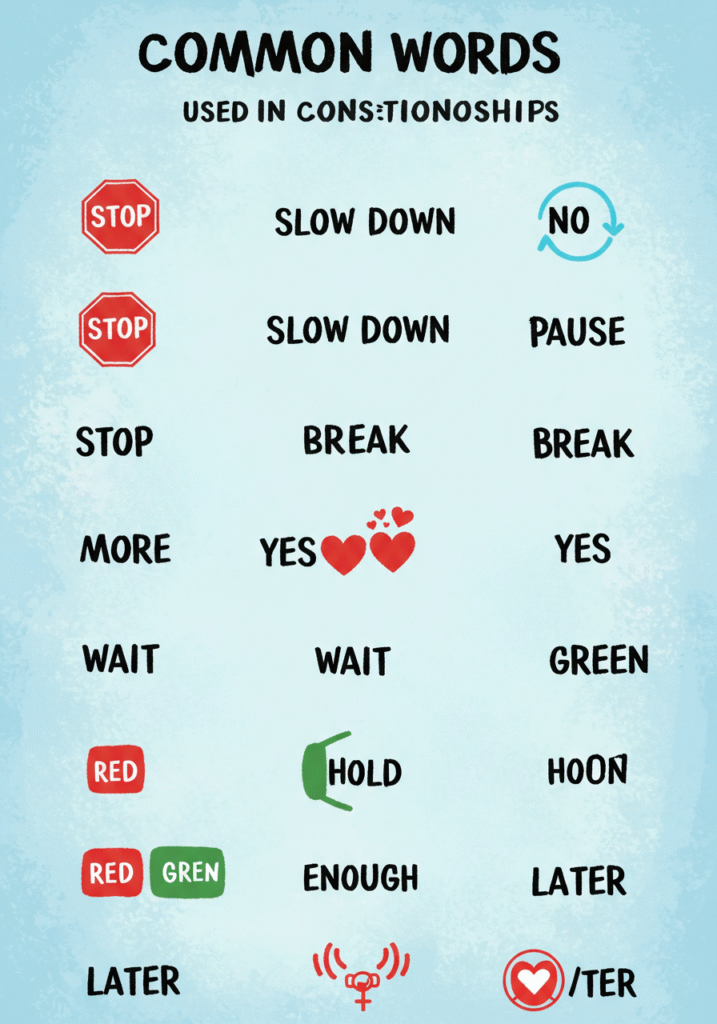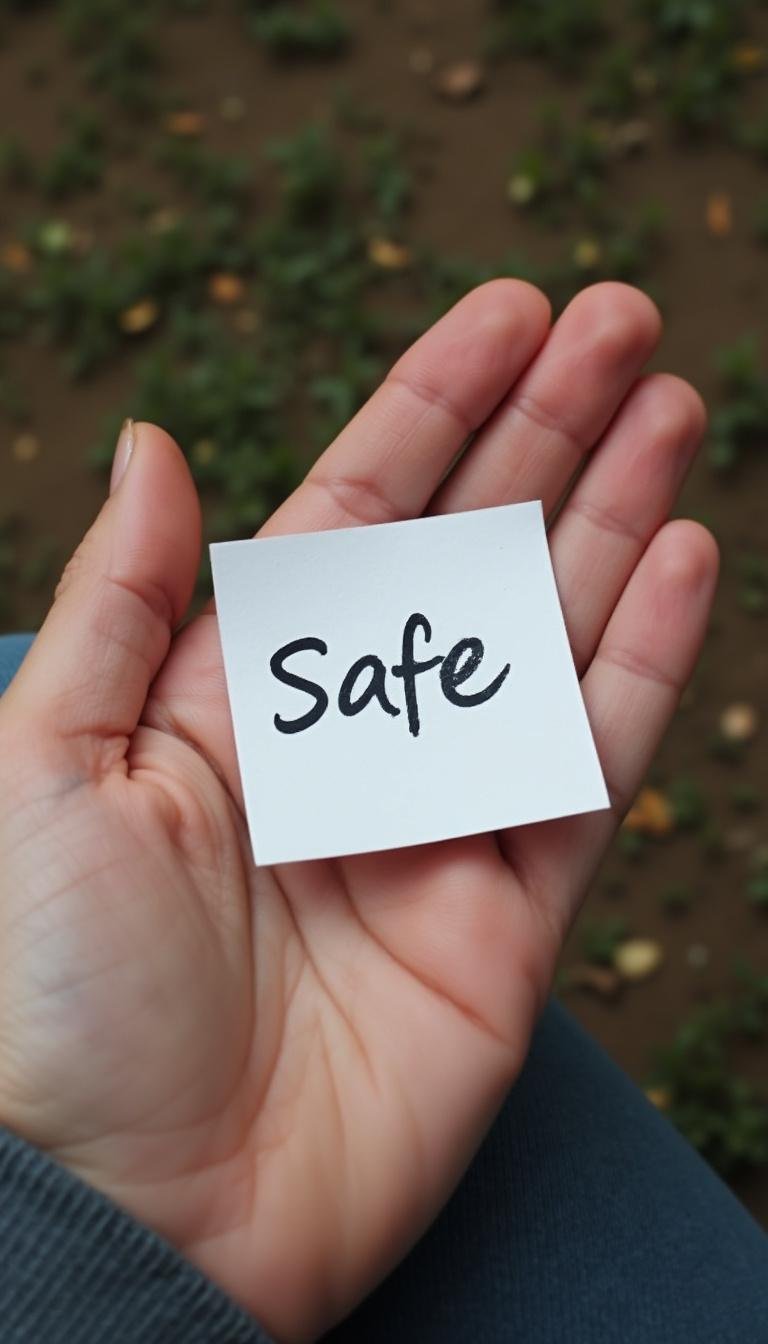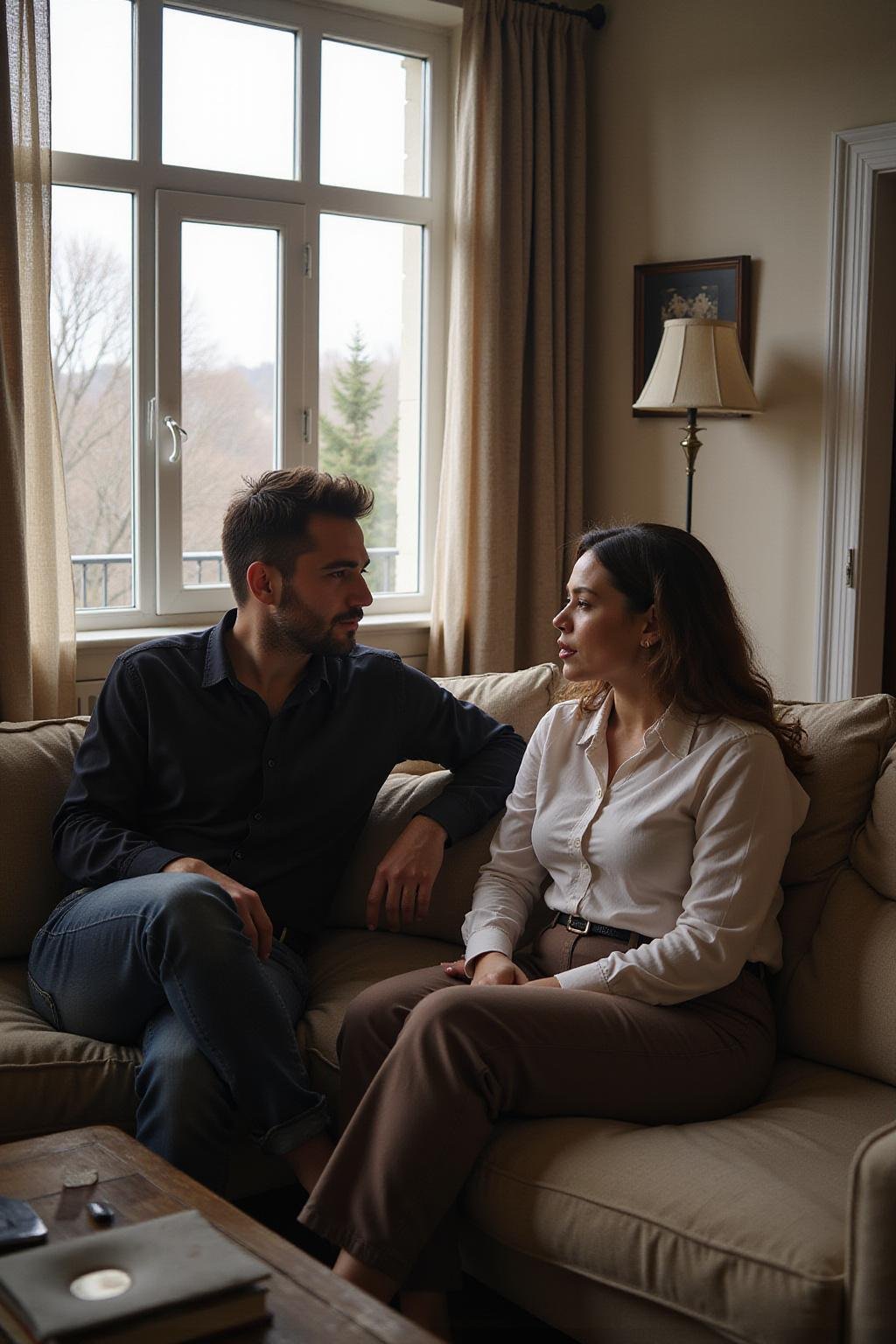1. Introduction
In any romantic relationship, whether it’s passionate or casual, establishing safe words plays a crucial role in fostering trust and ensuring healthy communication. While safe words are often associated with BDSM and kink scenes, their significance extends far beyond those contexts. Surprisingly, even in vanilla relationships—those that are considered traditional or less adventurous—the implementation of safe words can greatly enhance emotional safety and mutual understanding. This article explores the importance of safe words and why they should be embraced by all couples, regardless of the relationship style. For essential relationship tools, consider exploring products like The Seven Principles for Making Marriage Work which provide practical guidance on building trust and understanding.

2. What Are Safe Words and Why Are They Essential?
Safe words are predetermined words or signals that a person can use to communicate discomfort or the need to pause or stop an activity. They serve as a vital communication tool, particularly in sensitive or vulnerable situations. In vanilla relationships, where emotional boundaries might sometimes be overlooked, the best keyword to use is one that both partners agree upon—simple, clear, and easy to remember. Such tools are foundational, much like Love & Respect, which emphasizes understanding your partner’s emotional needs.
Implementing safe words helps prevent misunderstandings, supports boundary setting, and encourages honest dialogue. They promote a sense of security, making both partners feel respected and heard, which is especially important when discussing sensitive topics or navigating conflicts. For additional insights into healthy relationship boundaries, see Mutual Consent Isn’t Optional.

3. Benefits of Using Safe Words in Vanilla Relationships
- Builds Trust: Introducing safe words encourages open communication and helps partners feel safer sharing their feelings and boundaries. Tools like Let’s Get Deep foster conversations that reinforce trust.
- Enhances Emotional Safety: Safe words give both partners a clear method to express discomfort without fear of judgment or conflict. They are fundamental for developing a secure emotional environment, much like Love More, Fight Less supports healthier communication patterns.
- Prevents Miscommunication: Clear signals reduce misunderstandings, especially during intense conversations or emotional distress. Incorporating these practices often complements the teachings in Position of the Day for maintaining intimacy with clarity.
- Supports Boundaries: Safe words ensure boundaries are respected, fostering mutual respect and understanding. This aligns well with the principles highlighted in The Inner Work of Relationships.
- Improves Intimacy: Trust and open dialogue built through safe words can deepen emotional intimacy over time, enhancing connections that go beyond the physical level.
Using safe words isn’t about complicating the relationship; it’s about creating a safe space where honesty and mutual respect thrive. To explore deeper intimacy, consider adding Let’s Get Deep to your date night essentials.

4. How to Introduce Safe Words in Your Relationship
Bringing safe words into a vanilla relationship can seem daunting at first, but it’s a straightforward process that can significantly benefit both partners. Here are some tips:
- Discuss Openly: Initiate a conversation about boundaries and communication styles. Share how the best keyword serves as a tool for mutual safety, similar to ideas presented in The Ultimate Fun Book for Couples.
- Select a Safe Word Together: Choose a word that’s easy to remember and unlikely to be used during regular conversations. Common choices include “yellow,” “red,” or “pause.” These options are popular because they are simple and effective.
- Set Expectations: Clarify what each safe word signifies—whether it’s to slow down, take a break, or stop completely. This helps avoid confusion and ensures both partners are on the same page.
- Practice and Reinforce: Practice using safe words during different situations to ensure comfort and understanding. Role-playing exercises, like those suggested in Position of the Day, can normalize their use.
- Respect and Respond: Always honor the safe words when they are used, validating your partner’s feelings and boundaries. Building a culture of respect fosters lasting trust.
For further guidance, tools like RISKY COUPLES can make date nights fun and safe, encouraging open dialogue about boundaries and desires.

5. FAQs About Safe Words in Vanilla Relationships
Why are safe words important even in non-kink relationships?
Safe words are crucial in all types of relationships because they foster honest communication, respect boundaries, and enhance trust. They are vital for ensuring both partners feel safe whenever sensitive topics or overwhelming emotions arise. For a deeper dive into maintaining boundaries, see Mutual Consent Isn’t Optional.
How do I choose the best safe word for my relationship?
The best safe word should be easy to remember, discreet, and unlikely to be used accidentally during normal conversations. Popular choices include “yellow,” “red,” or “stop.” Make sure both partners agree on the safe word to ensure mutual understanding. Checking out tools like Love & Respect can help align your communication styles.
Can safe words improve emotional intimacy?
Absolutely. Safe words create a safe space for open dialogue, allowing partners to express feelings honestly without fear of judgment. Over time, this openness can significantly deepen emotional intimacy.
What if my partner hesitates to introduce safe words?
Introduce the concept gradually, emphasizing that safe words are about mutual safety and respect. Sharing personal reasons and benefits can help alleviate concerns and encourage openness. Using engaging tools like The Inner Work of Relationships can facilitate this process.
Conclusion
In today’s relationship landscape, the importance of safe words cannot be overstated—even in vanilla relationships. They act as a foundation for healthy communication, boundary setting, and mutual respect. By incorporating safe words into your relationship, you take a significant step towards creating a trusting and emotionally safe environment. Remember, a simple word can be a powerful tool that strengthens your connection and promotes a healthier, more understanding relationship. To deepen your emotional connection, explore tools like Love & Respect or The Seven Principles for Making Marriage Work. Your journey toward better communication starts here.


2 thoughts on “The Importance of Safe Words (Even in “Vanilla” Relationships)”